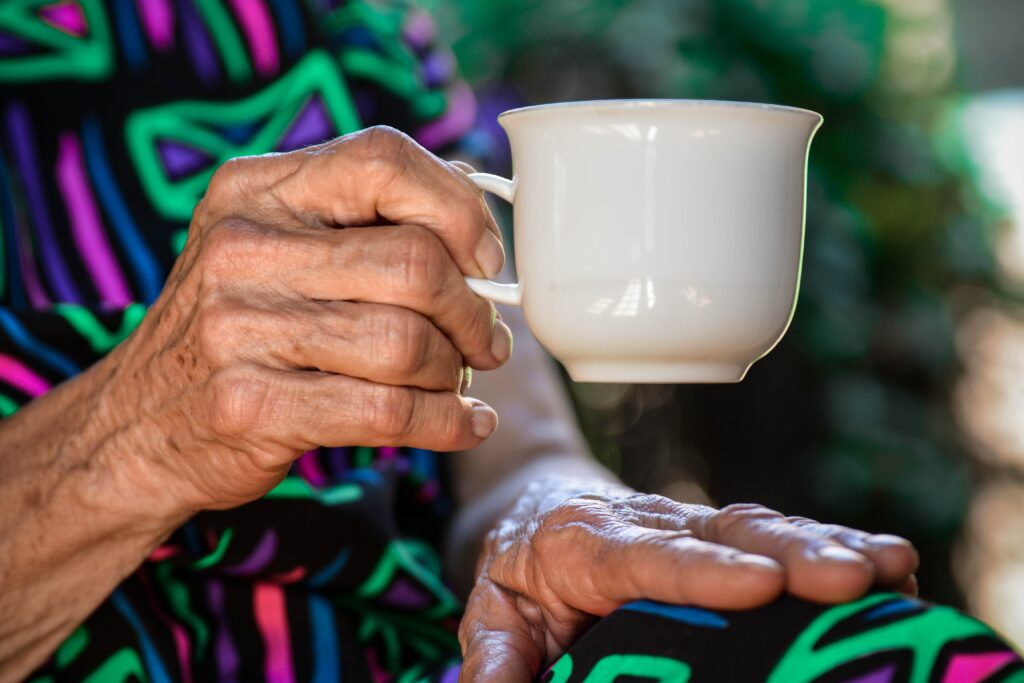
If you are an avid listener of Radio 4 you may have caught up with a very emotive episode of You and Yours last week. It featured interviews with people who work in the care industry and people who themselves receive care.
The reason for this focus was in part because of the latest CQC State of Care report which outlines current health and social care trends, examples of good and outstanding care, and highlights the areas where care needs to improve. Below are some key points from the report and reasons why we still need to remain hopeful about improving our care system for all.
Workforce, waiting lists and impact on care
The gridlock effect of our health and care system has led to many people experiencing a negative level of care, with their needs not being met. Staff shortages and challenges in recruitment has been tough for many care home providers. 36% said that workforce challenges have had a negative impact on the service they deliver.
The report also revealed that around half a million people are waiting for an adult social care assessment. In the first three months of 2022, 2.2 million hours of homecare could not be delivered because of insufficient workforce capacity, leading to unmet and under-met needs. At the same time, care home profit margins are at their lowest level since the CQC Market Oversight scheme began in 2015.
Access to care is key
Improving access to care and catering to sector inequalities are key improvements that need to be made going forward. But this can be achieved if health and social care providers aim to do more to make their services accessible, especially to people with different communication needs.
In a survey of more than 4,000 older people, who had used health and social care services in the last 6 months, those living in most deprived areas were more likely to report that they had a long-term condition, disability or illness, compared with those living in less deprived areas.
The report also states that the recording and use of demographic data by services generally needs to improve, to make data complete, accurate, widely shared and used to make improvements. This further strengthens the need for care planning solutions which can easily record data on residents and be used to inform future care needs throughout health and care.
This is where technology and digital care planning solutions could really make a positive impact. An end-to-end care plan can improve transparency of care, accessibility, and allows the capture of important data that can improve resident outcomes.
Positive outcomes for the future
When people have been able to access the care they need at the point they need it, they have felt reassured that the quality of care at the point of delivery has been good, as health and social care staff work relentlessly to ensure people are kept safe. 83% of adult social care services were rated as good or outstanding – with the right tools we can improve this.
Technology and care planning solutions hold a role in ensuring this ambition becomes a reality. Although the report reveals some key concerns for the health and care sector, there are a number of positives and signs of improvement shining through, promoting a transparent record, reassuring families, and increasing safety. This is the way forward to give people the care they deserve. If you would like to hear more about our solutions please get in touch.



